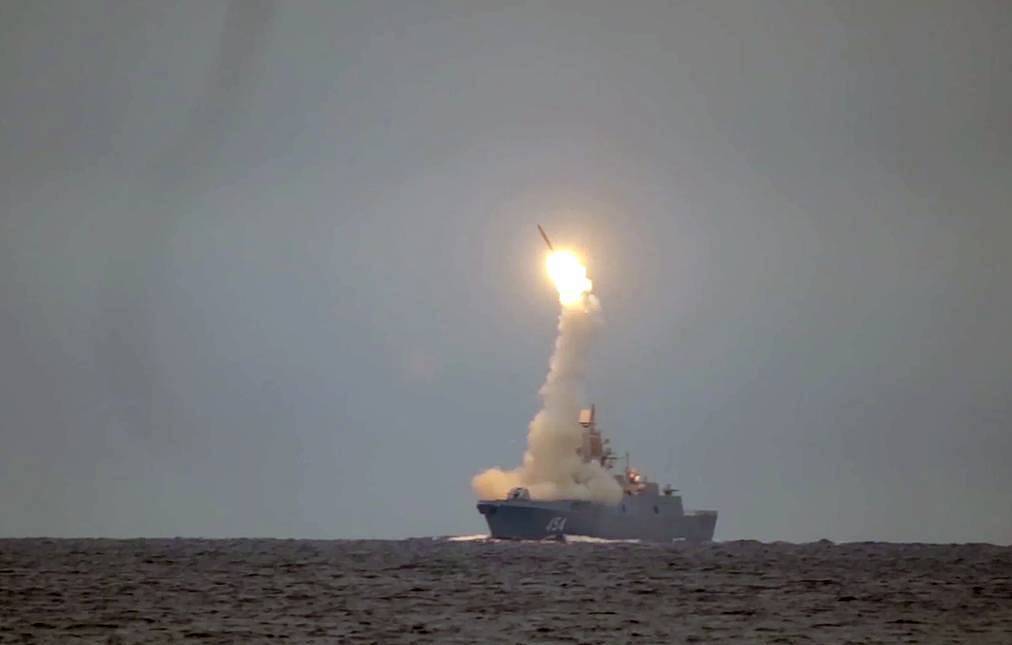Tass reported that Russia has completed flight tests of its advanced Tsirkon hypersonic cruise missile, with launches from Russian frigate Admiral Gorshkov (Project 22350). Over 10 launches were performed, the latest of them in July, the next series of Tsirkon trials is to begin in November. Tests are expected to continue next year. After that, the delivery of the missiles to the Russian armed forces will begin. On August 24, Russia’s Defense Ministry has signed a contract with a defense contractor on the delivery of Tsirkon hypersonic missiles to the Russian troops during the Army-2021 defense forum.
Admiral Flota Sovetskogo Soyuza Gorshkov is an Admiral Gorshkov class frigate of the Russian Navy and the lead ship of the class. She was laid down on 1 February 2006, launched on 29 October 2010 and was first expected to join the Russian Navy in November 2013. The Admiral Gorshkov class, Russian designation Project 22350 for the original and upgraded version armed with 16 and 24 VLS cells respectively, is the newest class of frigates being built by the Severnaya Verf in Saint Petersburg for the Russian Navy. The Project 22350 was designed by the Severnoye Design Bureau and incorporates use of stealth technology.

On 26 November 2020, the Russian Defense Ministry announced the successful test of a missile launched from Admiral Gorshkov in the White Sea, hitting a naval target 450 km away in the Barents Sea. On 11 December 2020, the Russian Defense Ministry announced the successful test of a missile launched from Admiral Gorshkov in the White Sea, hitting a ground target 350 km away in the Arkhangelsk Region. On 19 July 2021, the Russian Defense Ministry announced the successful test of a missile launched from Admiral Gorshkov in the White Sea, hitting a ground target 350 km away on the coast of the Barents Sea. The flight speed reached nearly 7 Mach.
Zircon is believed to be a maneuvering, winged hypersonic cruise missile with a lift-generating center body. A booster stage with solid-fuel engines accelerates it to supersonic speeds, after which a scramjet motor with liquid-fuel (JP-10 Jet fuel) in the second stage accelerates it to hypersonic speeds. The missile’s range is estimated to be 135 to 270 nautical miles at low level, and up to 400 nmi in a semi-ballistic trajectory; average range is around 400–450 km. Zircon can travel at a speed of Mach 8–Mach 9 (6,090–6,851 mph; 9,800–11,025 km/h; 2,722.3–3,062.6 m/s). This has led to concerns that it could penetrate existing naval defense systems.















